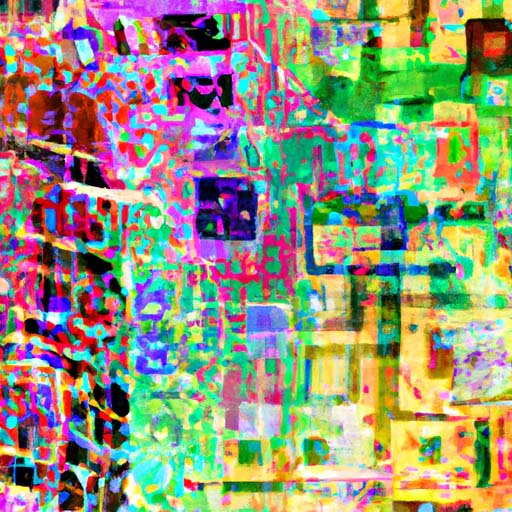-NASA has issued a Notice of Availability (NOA) announcing the 30-day comment period for the Draft Supplemental Environmental Assessment (SEA) for the Low Density Supersonic Decelerator (LDSD) Technology Demonstration Mission.
-The LDSD project is a Technology Demonstration funded by NASA’s Space Technology Mission Directorate, and managed by NASA’s Jet Propulsion Lab (JPL) with support from NASA’s Wallops Flight Facility.
-In 2014, JPL and WFF conducted a successful demonstration test in Hawaii. The Draft SEA focuses on changes sought due to information gleaned from the 2014 test to support additional demonstration testing scheduled to be conducted in Hawaii in 2015.
-The comment period will be open until March 27, 2015.
-NASA’s LDSD mission is aimed at developing the technology needed to safely land large payloads on Mars, or other planetary bodies, with thin atmospheres. This would enable future human and robotic missions to Mars.
-The LDSD uses an inflatable decelerator to slow down the entry vehicle, allowing it to land more precisely and safely.
-This technology is crucial for future exploration missions to Mars and other planets, as it will allow larger and heavier equipment to be landed safely.
-The Draft SEA assesses the potential environmental impacts of the LDSD technology’s demonstration missions, including noise, atmospheric effects, and potential impacts on marine resources.
-This assessment is necessary to ensure that the LDSD technology can be safely tested and deployed without causing significant harm to the environment.
-Feedback from the public and stakeholders is important in shaping the final environmental assessment and ensuring that all potential impacts are adequately addressed.
-NASA is committed to the responsible use of technology in space exploration and takes environmental considerations seriously.
-By conducting careful assessments and seeking public input, NASA aims to minimize the environmental impact of its missions while advancing scientific knowledge and exploration capabilities.
-The LDSD project is just one example of NASA’s ongoing efforts to develop and test new technologies that will enable future human and robotic missions to explore the solar system.
-With continued research and development, NASA is paving the way for exciting new discoveries and advancements in space exploration.
